In today's fast-paced world, achieving a good night's sleep can often feel elusive. Stress, sedentary lifestyles, and modern distractions leave many struggling to achieve the quality rest essential for mental and physical well-being. However, an innovative solution is emerging in the realm of fitness and wellness: Electro Muscle Stimulation (EMS) training. While commonly associated with strength building, toning, and injury recovery, EMS training has a surprising connection to improved sleep quality.
Understanding EMS Training
EMS training involves the use of electrical impulses to stimulate muscle contractions, mimicking the natural signals sent by the brain to muscles during physical activity. A 20-minute EMS session is equivalent to hours of traditional exercise, engaging multiple muscle groups simultaneously. This efficient form of training is particularly popular among busy professionals, athletes, and those looking to improve their overall fitness with minimal time commitment.
While the physical benefits of EMS are widely acknowledged, its impact on sleep is an exciting area of exploration. Let’s delve into how EMS training can contribute to better sleep quality.
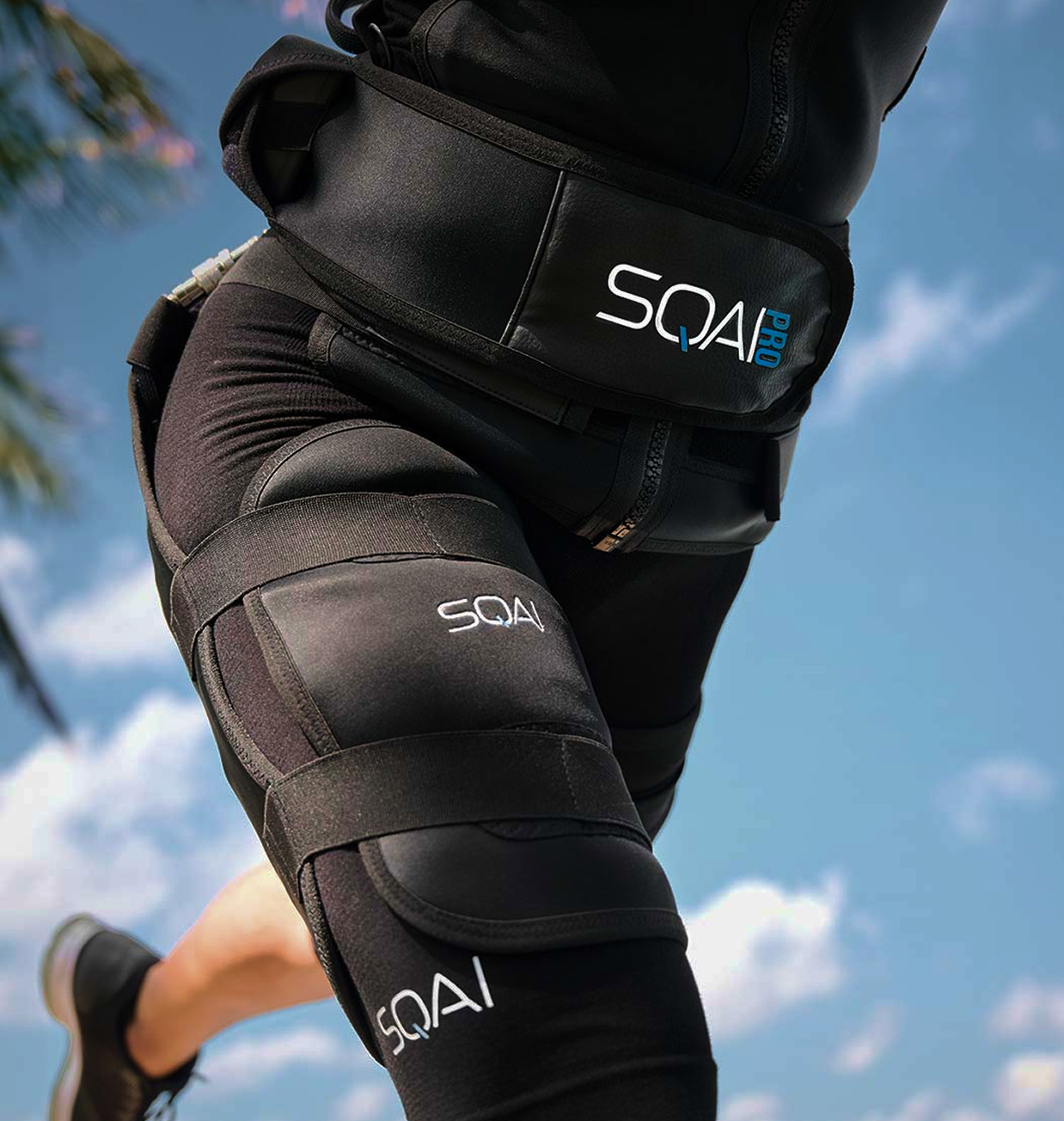
How EMS Training Enhances Sleep
1. Reduces Stress and Anxiety
One of the most common barriers to sleep is elevated stress and anxiety levels. EMS training promotes the release of endorphins, the body’s natural "feel-good" hormones, which help to combat stress. Additionally, the controlled nature of EMS workouts allows participants to relax while targeting specific muscle groups, creating a balanced experience that soothes both the body and mind.
When stress levels decrease, cortisol, the hormone associated with stress, is regulated, making it easier to fall asleep and stay asleep.
2. Promotes Muscle Recovery and Relaxation
For individuals with physically demanding lifestyles or chronic muscle tension, EMS training provides a unique recovery tool. The electrical impulses used in EMS help reduce muscle stiffness by improving blood circulation and flushing out lactic acid buildup.
Relaxed muscles naturally lead to reduced physical discomfort, which can otherwise disrupt sleep. By promoting deep muscle relaxation, EMS creates an ideal environment for the body to unwind and prepare for restorative sleep.
3. Supports Circadian Rhythm Regulation
Exercise plays a critical role in regulating the body's circadian rhythm, the natural 24-hour cycle that governs sleep-wake patterns. EMS training, like traditional exercise, increases body temperature during the workout and prompts a cooling effect post-session. This cooling effect signals the body that it’s time to rest, encouraging a more consistent sleep schedule.
Regular EMS sessions can help individuals who experience disrupted sleep patterns—whether due to shift work, jet lag, or other lifestyle factors—realign their internal clock.
4. Improves Mental Clarity
EMS training is not only a physical workout but also a mental one. The focus required to perform EMS exercises correctly helps train the brain to stay present and engaged. This mental clarity carries over into the evening, allowing individuals to "switch off" more easily and enjoy uninterrupted sleep.
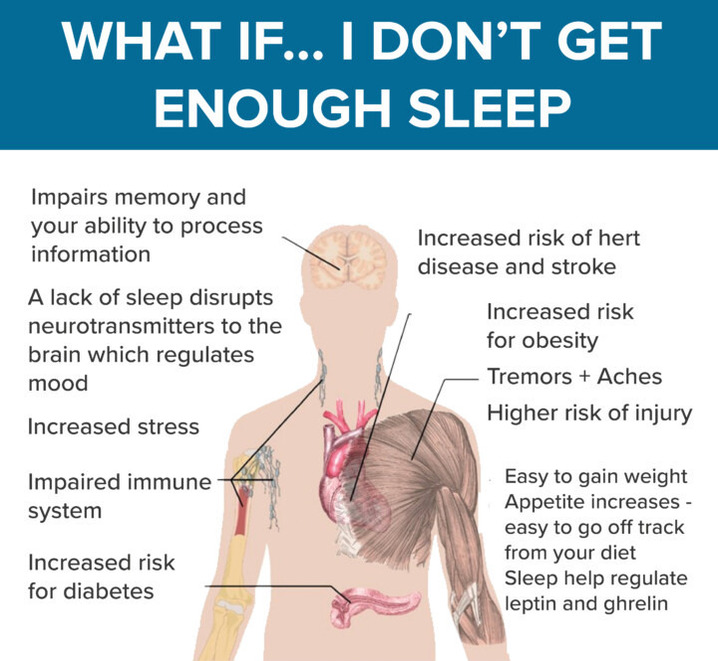
Research Supporting the Connection
Extensive research highlights the positive relationship between regular exercise and improved sleep quality. Studies from organisations like the National Sleep Foundation have shown that moderate-intensity exercise can help individuals fall asleep more quickly, enjoy deeper sleep, and experience fewer nighttime interruptions. While EMS training hasn’t been directly studied as extensively in relation to sleep, its moderate-intensity nature aligns with these findings, suggesting potential benefits.
Additionally, EMS training’s low-impact nature makes it a suitable option for individuals across different fitness levels. For those with mobility issues or chronic pain, EMS provides a way to stay active without placing strain on joints or exacerbating existing conditions. By improving circulation, reducing muscle tension, and promoting relaxation, EMS training may contribute indirectly to better sleep, particularly for those who struggle with physical discomfort or stress-related sleep disturbances.
Real-Life Benefits of EMS for Sleep
Case Study 1: The Busy ProfessionalMark, a 38-year-old marketing executive, struggled with insomnia due to work stress and irregular hours. After incorporating EMS training twice a week into his routine, he noticed significant improvements in his ability to fall asleep. “I feel less tense, both mentally and physically, after my EMS sessions. I sleep more soundly and wake up refreshed,” Mark shared.
Case Study 2: The Post-Injury AthleteSarah, a former athlete recovering from a knee injury, used EMS training to regain her fitness without placing undue stress on her joints. She found that the muscle relaxation achieved through EMS significantly reduced her nighttime discomfort, helping her achieve deeper, uninterrupted sleep.
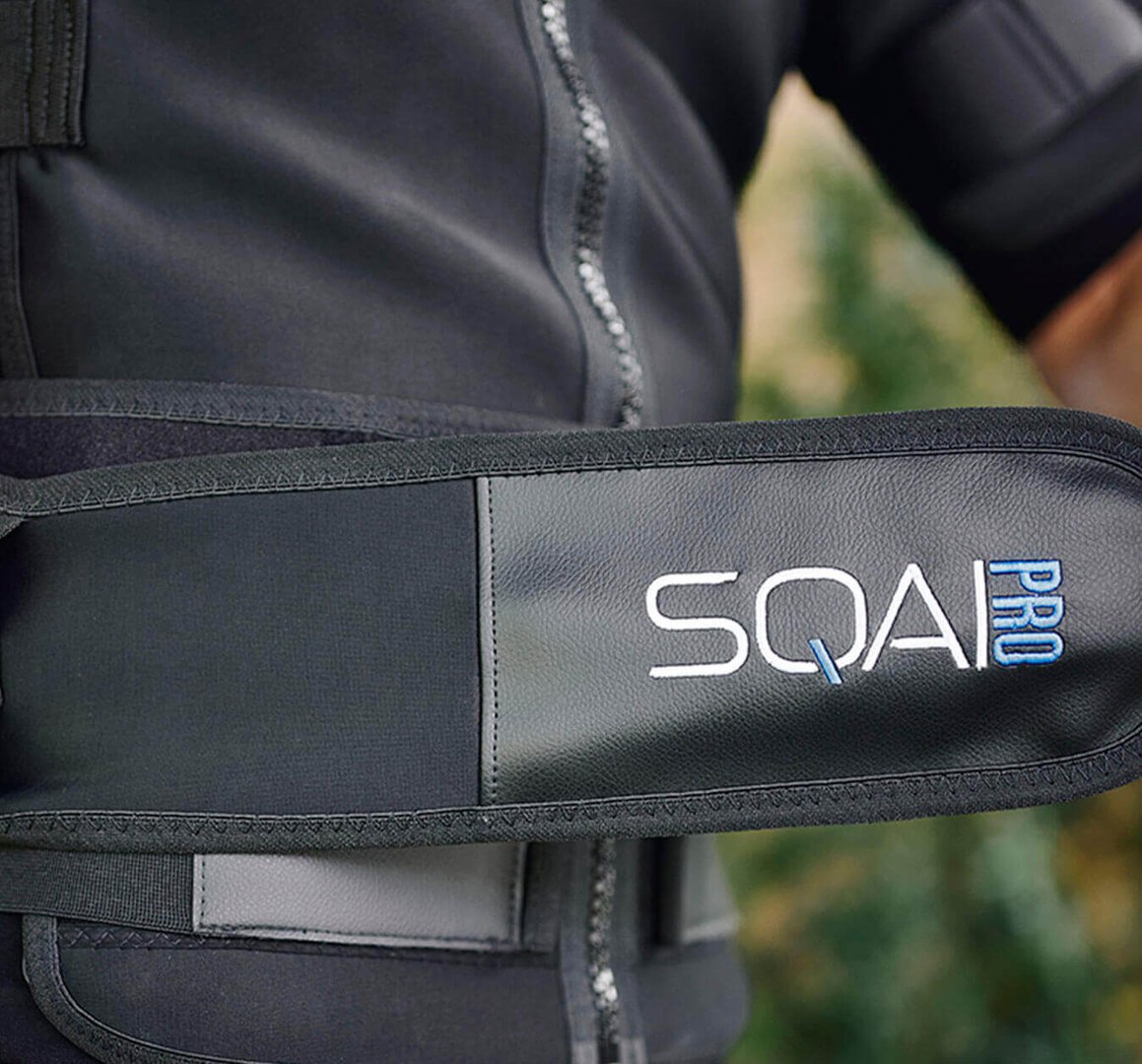
Tips for Using EMS Training to Enhance Sleep
Train at the Right Time: Aim to complete your EMS session at least 3-4 hours before bedtime. This allows your body to cool down and enter a relaxed state. Training too close to bedtime may leave your body feeling energised, which could interfere with falling asleep. By scheduling your session earlier in the evening, you also give your muscles time to recover and feel relaxed, setting the stage for restful sleep.
Pair with Relaxation Techniques: Combine EMS with yoga, meditation, or breathing exercises to maximise relaxation. Adding these calming practices after your EMS session helps lower your heart rate and signals to your body that it’s time to wind down. Deep breathing exercises, in particular, can enhance oxygen flow to your muscles, further aiding recovery and relaxation for better sleep.
Stay Consistent: Like any exercise routine, consistency is key to reaping the long-term benefits of EMS training. Aim for 1-2 sessions per week for optimal results. A regular schedule not only improves your fitness but also trains your body to expect relaxation and recovery during specific times, supporting a healthy sleep pattern. Over time, this consistency can help you establish a more predictable and restful nightly routine.
Hydrate and Nourish: Proper hydration and nutrition can enhance the recovery benefits of EMS, further promoting better sleep. Drinking water after your session helps flush out toxins and reduces muscle soreness, while a balanced meal provides the nutrients your body needs to repair itself. Consider foods rich in magnesium or tryptophan, such as leafy greens or nuts, which are known to promote relaxation and improve sleep quality.
The Science Behind Sleep and Exercise
To understand the connection between EMS training and improved sleep, it’s essential to look at how exercise affects sleep physiology. Physical activity, including EMS, stimulates the release of endorphins and reduces levels of cortisol, the stress hormone. These hormonal changes create a calming effect on the body, paving the way for better rest.
Exercise also promotes the production of adenosine, a chemical in the brain that builds up throughout the day and creates sleep pressure. By increasing adenosine levels, EMS training can make falling asleep easier and more natural. Additionally, the way exercise raises and then lowers your core body temperature mimics the natural changes your body undergoes before sleep, signalling to your brain that it’s time to rest.
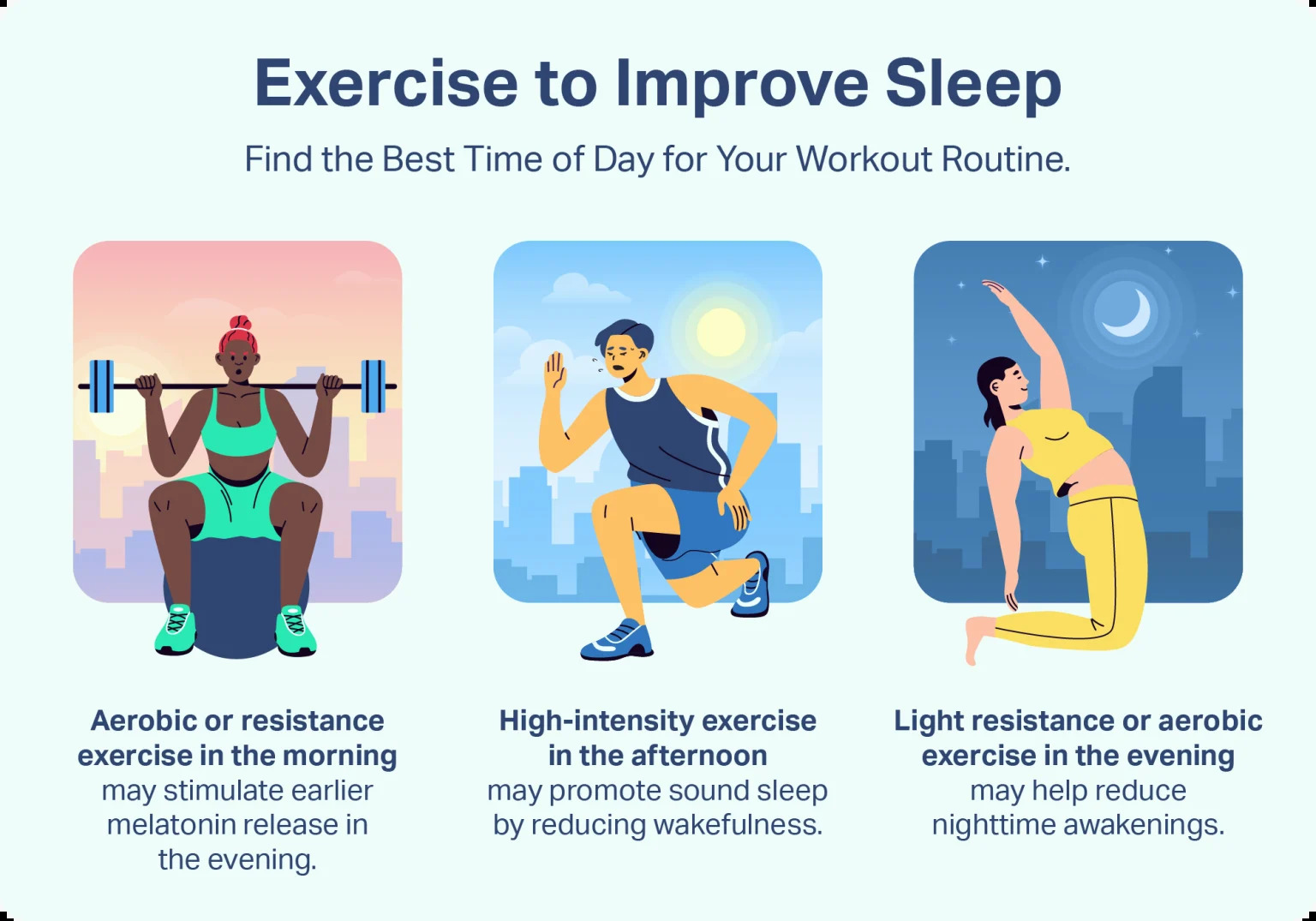
How EMS Training Helps Combat Sleep Disorders
Sleep disorders such as insomnia, restless leg syndrome, and sleep apnea can significantly impact quality of life. While EMS training isn’t a cure for these conditions, it can play a complementary role in managing them.
Insomnia: The stress-reducing and muscle-relaxing effects of EMS training can help calm the mind and body, making it easier to transition into a restful state.
Restless Leg Syndrome (RLS): By improving blood flow and reducing muscle tension, EMS training may alleviate some symptoms of RLS, which often disrupt sleep.
Sleep Apnea: Although not directly linked, regular EMS workouts can contribute to weight loss, which has been shown to improve symptoms of obstructive sleep apnea.
EMS Training vs. Traditional Exercise for Sleep
Traditional exercise and EMS training both promote better sleep, but they differ in how they achieve this:
Time Efficiency: A 20-minute EMS session can provide the same physical benefits as several hours of traditional exercise, making it an excellent option for those with busy schedules.
Targeted Recovery: EMS allows for precise targeting of specific muscle groups, providing relief for muscle stiffness or pain that might disrupt sleep.
Lower Impact: Unlike high-intensity workouts, EMS is low-impact, which reduces the risk of joint stress or overexertion that could negatively affect sleep.
While both methods are effective, EMS training is particularly beneficial for individuals who need a customised, low-impact solution to enhance their overall wellness and sleep.
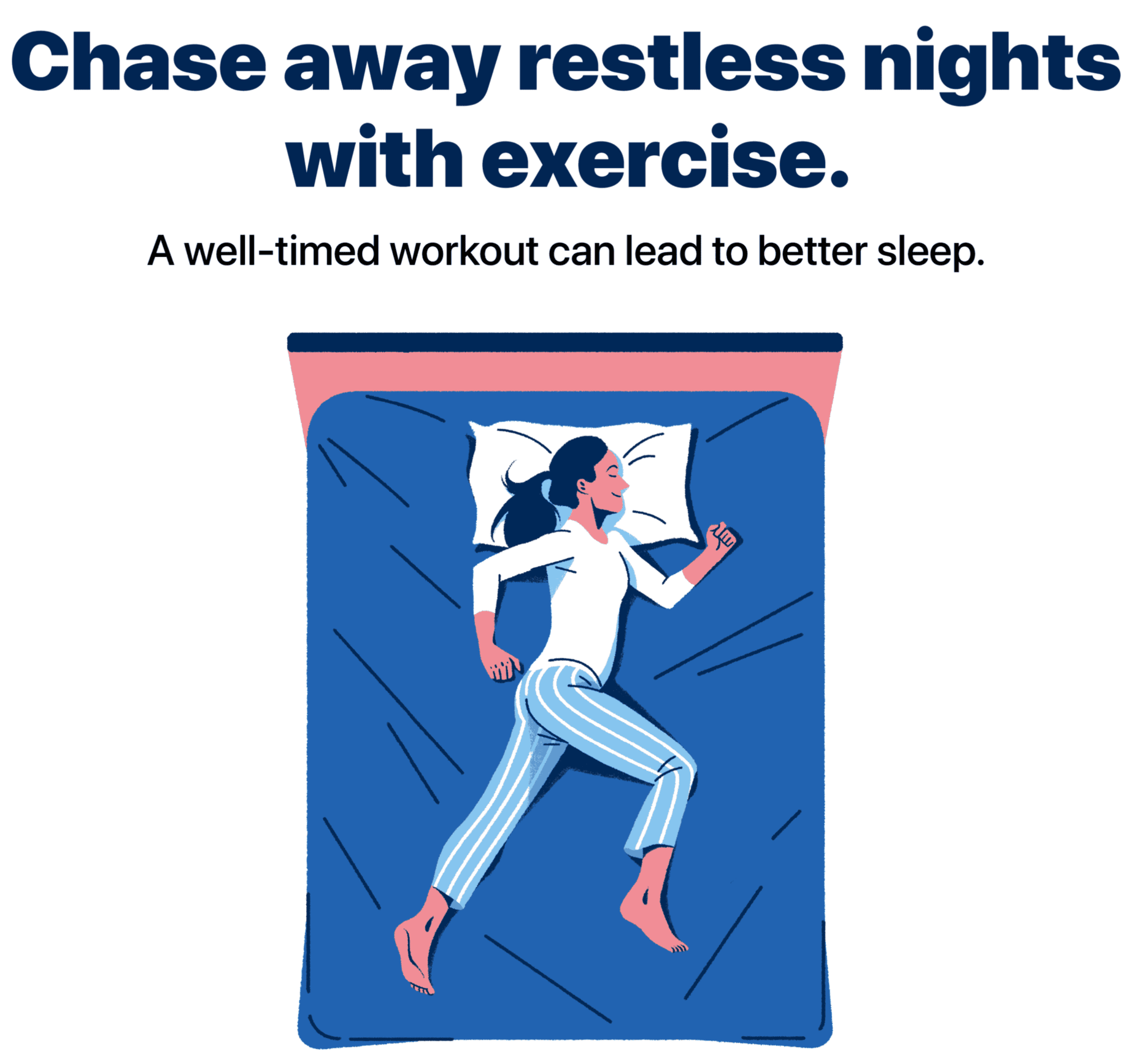
The Role of Recovery in Sleep Quality
Recovery plays a crucial role in how well your body prepares for and benefits from sleep. EMS training aids recovery by reducing muscle soreness, increasing circulation, and releasing muscle tension. These effects ensure that the body is physically prepared to relax when bedtime comes.
Additionally, improved recovery can lead to better physical performance, fewer aches and pains, and a more relaxed body overall. This creates a positive feedback loop: better recovery leads to better sleep, and better sleep enhances recovery.
Myths and Misconceptions About EMS Training and Sleep
Despite its growing popularity, EMS training is often surrounded by misconceptions, especially when it comes to its connection with sleep:
Myth 1: EMS is Too Intense to Promote Relaxation: While EMS stimulates muscles, it is a controlled process that can actually induce relaxation and reduce stress when done correctly.
Myth 2: EMS is Only for Fitness Buffs: EMS training is suitable for people of all fitness levels, including beginners and those with health challenges. Its accessibility makes it an excellent choice for improving sleep quality across diverse groups.
By dispelling these myths, more people can understand how EMS can be an effective tool for improving both physical fitness and sleep.

Stress Reduction Through EMS Training
One of the key factors affecting sleep quality is stress, which can keep the mind racing and make it difficult to unwind at night. EMS training has been shown to help reduce stress by encouraging the release of feel-good endorphins and lowering cortisol levels. These physiological effects help create a sense of calm and well-being, which is essential for preparing the mind and body for sleep.
Additionally, the rhythmic muscle contractions during an EMS session can have a meditative effect, similar to progressive muscle relaxation techniques. By helping your body release physical tension and calm your nervous system, EMS training may contribute to a smoother transition into restorative sleep.
Creating a Holistic Sleep Routine with EMS
While EMS training can be a valuable tool for improving sleep, combining it with a well-rounded sleep routine can amplify its benefits. Consider incorporating these elements into your daily schedule:
Sleep Environment: Ensure your bedroom is cool, dark, and quiet to create an ideal setting for restful sleep. Use blackout curtains, white noise machines, or essential oil diffusers with calming scents like lavender to enhance the ambiance.
Pre-Sleep Rituals: After your EMS session, engage in calming activities like stretching, taking a warm bath, or reading. Practices like journaling or mindfulness meditation can also help clear your mind and ease the transition to sleep.
Consistent Schedule: Maintain a regular sleep and wake schedule, even on weekends, to help regulate your body’s internal clock. Aim for 7-9 hours of sleep each night to ensure your body has sufficient time to recover.
Limit Stimulants: Avoid caffeine, nicotine, or electronic screens in the hours leading up to bedtime, as they can counteract the relaxation benefits of EMS. Instead, consider herbal teas or dim lighting to help signal to your body that it’s time to wind down.
By integrating EMS training into a holistic sleep routine, you create an environment where both your body and mind are optimally prepared for restorative rest, setting the stage for improved overall health and well-being.
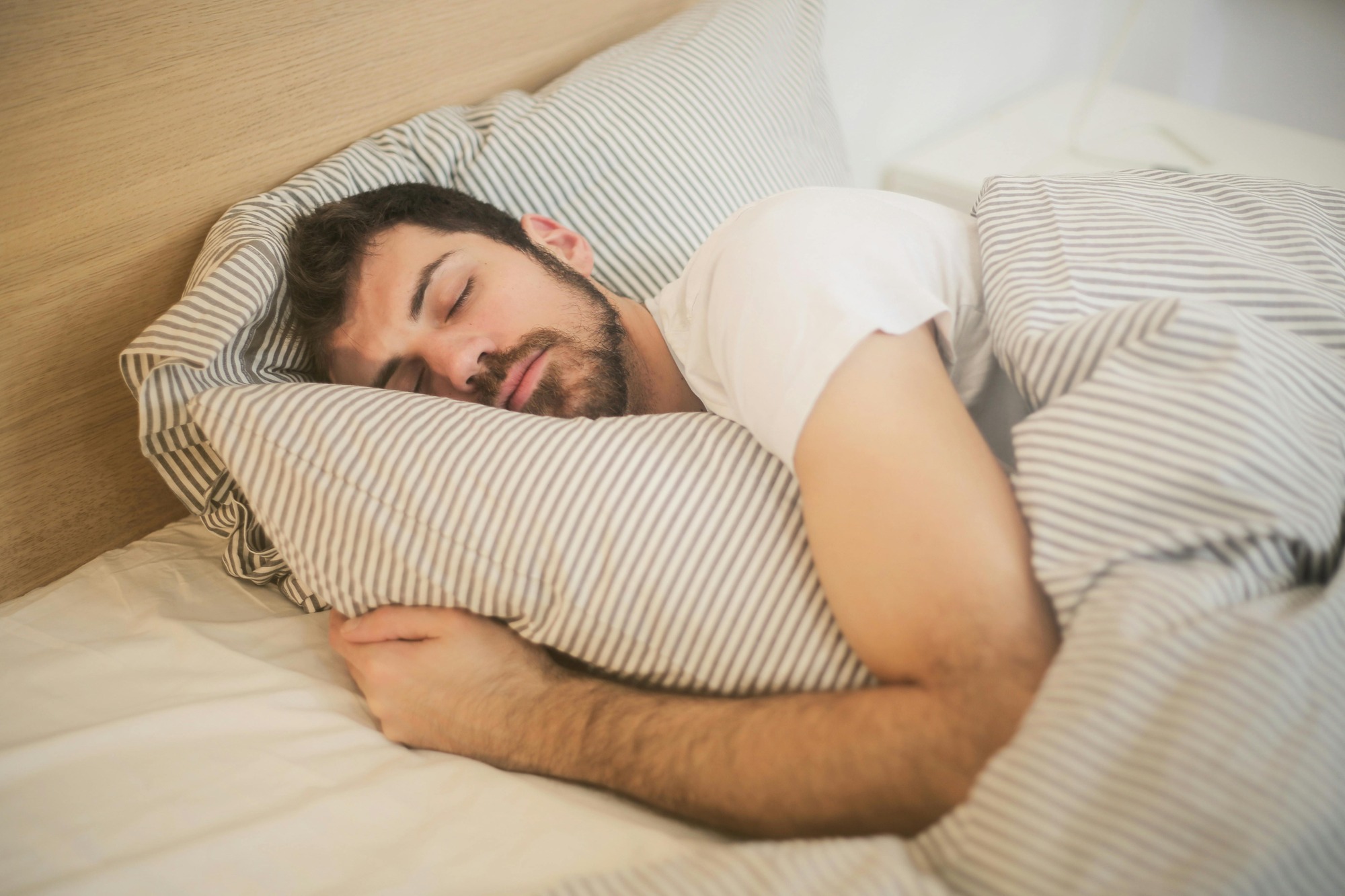
Beyond the Gym: EMS Training as a Lifestyle Upgrade
The connection between EMS training and improved sleep is a testament to the holistic benefits of this innovative fitness solution. By addressing both physical and mental barriers to rest, EMS offers a comprehensive approach to wellness.
For those struggling with sleep issues, EMS training can be a game-changer. Whether you’re seeking stress relief, muscle recovery, or a way to balance your circadian rhythm, incorporating EMS into your fitness routine can unlock the restorative power of sleep and elevate your overall quality of life.

